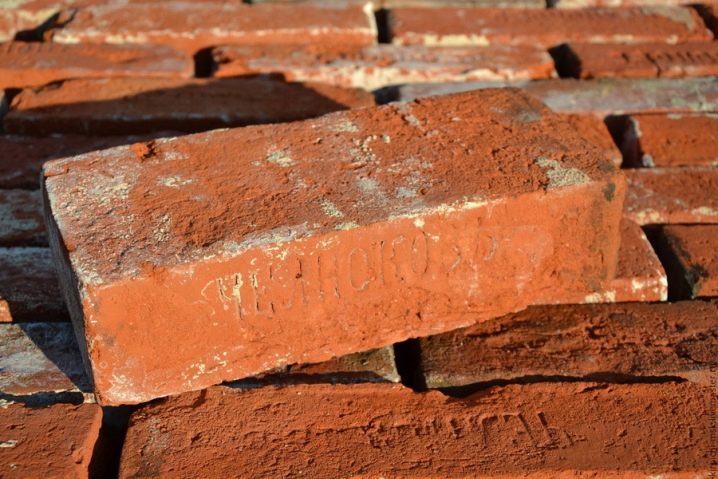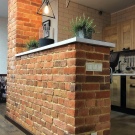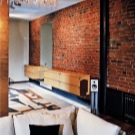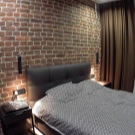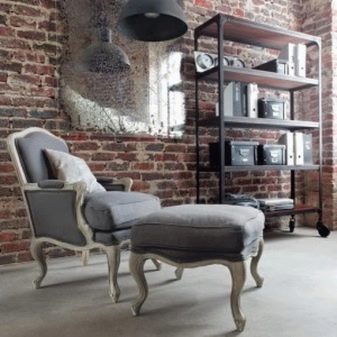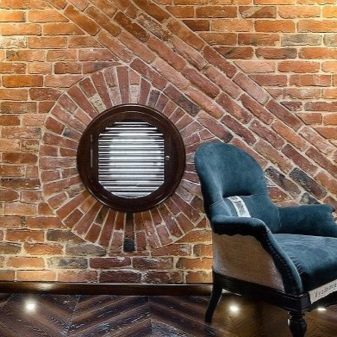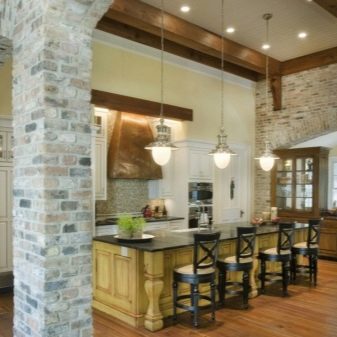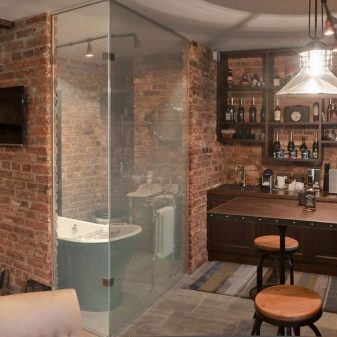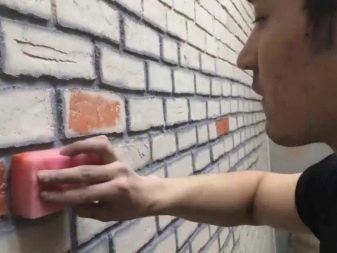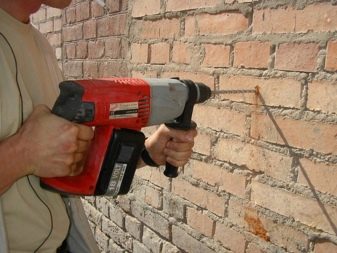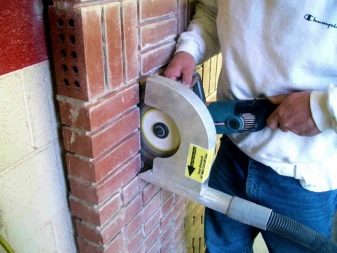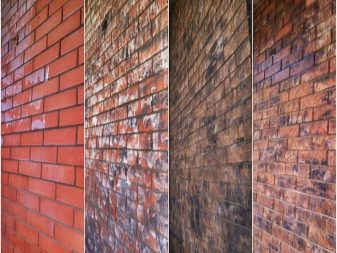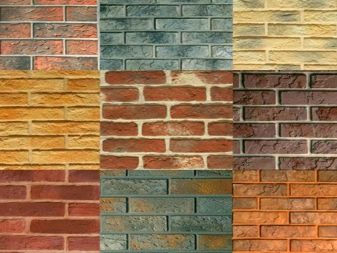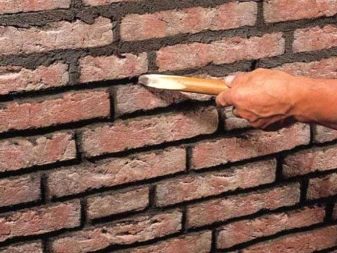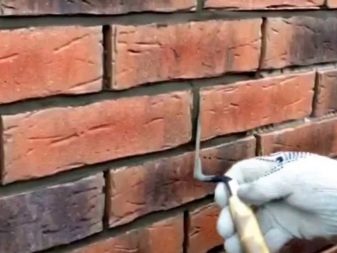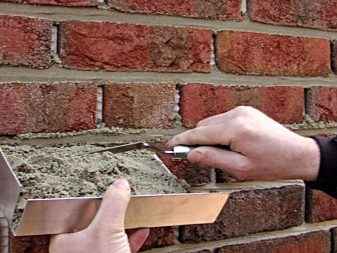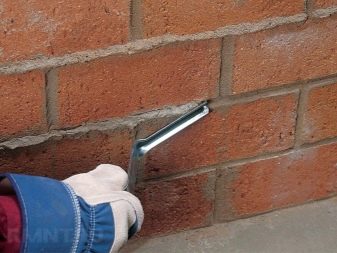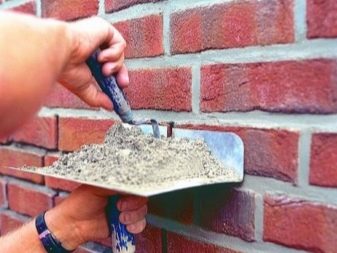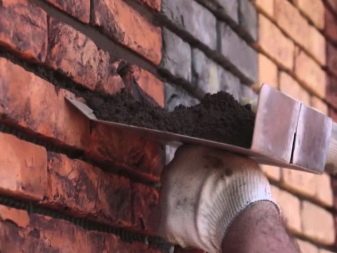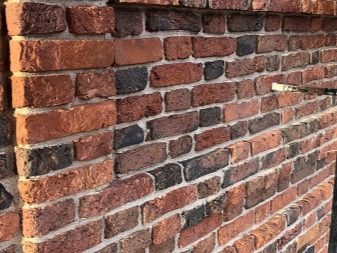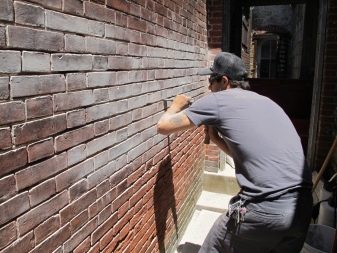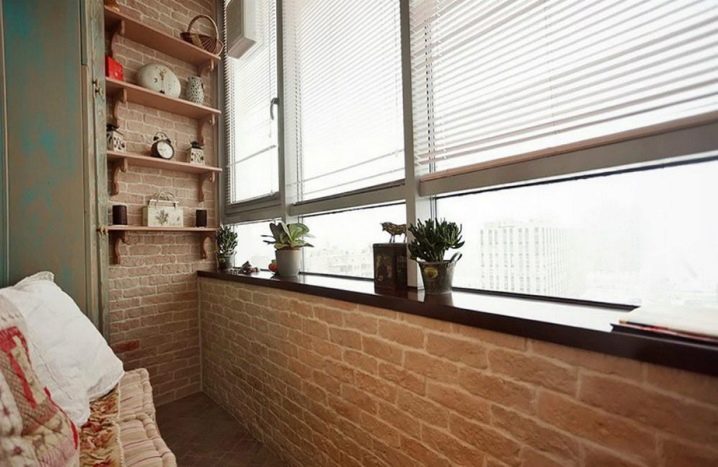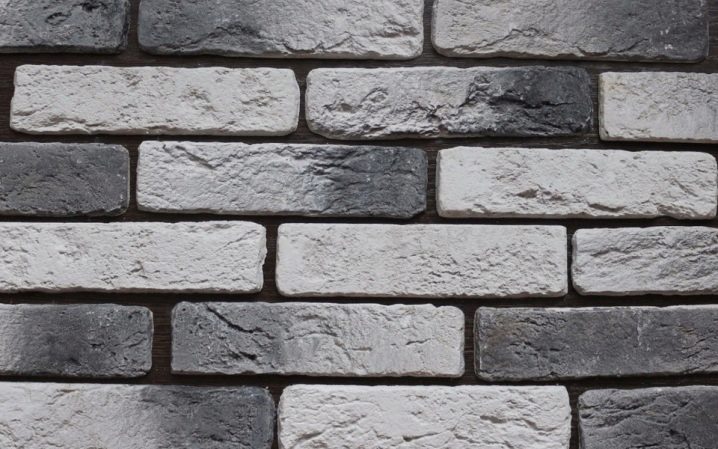Types and production of antique bricks
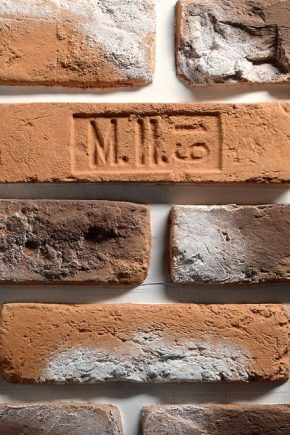
Industrial production of building materials allows us to ensure their supply in large quantities. But at the same time, industrial production produces, albeit high-quality, but somewhat monotonous products. The way out of this situation is the use of intentionally aged brick.
Material Features
Plasterboard designs have long ceased to cause delight, on the contrary, they became an architectural and decorative stamp. Therefore, they are replaced by a more recent design solution: antique brick. It is increasingly being used to decorate internal walls. A similar solution is recommended for the design of halls, corridors, as well as for decorating kitchens. It is possible to cover the wall with old brick in the city apartment and in the suburban cottage.
It should be noted that the display of the walls with an old brick in small-sized housing is illogical and inconvenient. There it only absorbs a lot of space, which is always not enough. But this does not mean that it is necessary to abandon his plan completely. A good substitute for a full brick wall is a specially decorated tile. It is distinguished by its small thickness and allows you to realize the most daring aesthetic plans.
How to age?
Artificial aging of bricks is usually done mechanically. You can even make it yourself, without the need to use industrial equipment. For work use:
- perforators;
- hammers;
- grinding machines;
- chisels;
- soldering lamps.
Damage to the brick surface should be as accurate as possible. But in order for the appearance to be as natural as possible, it is necessary to create heterogeneity. As already mentioned, such work is desirable to trust the professionals. They know how to make it in a short time and spend a minimum of building material. But still it is necessary to make out how all this is done independently.
First, take the grinder and dismantle the top layer of bricks. Next, using a punch partially destroy the building blocks. In some places, recreate the effect of natural material destruction. For this purpose, sometimes knock out the halves of individual bricks. With the help of a chisel and a hammer, chips can be reproduced. It is required to break a brick in various places. A blowtorch will help to change the surface color. But the work does not end there. It is also necessary to shade dark areas with sandpaper. It is important to understand that this is not only difficult and long work, the slightest mistake can turn into excessive material damage.
Aging of an already built wall often begins with surface treatment with sandpaper with a large grain. Rubbing it into separate sections, they create a grid of irregularities there. Since a real old brick cannot have even edges, it is necessary to beat off the edges of individual blocks. If you don’t want to use a blowtorch, you can make single areas darker with acid. Additionally, after aging the laying, the seams are filled with soil. Sometimes even simple forest moss is used.To ensure that the wall is decorated as it should be resistant to water, the entire surface is coated with a combination of wax, turpentine and paraffin. The three components are mixed in equal proportions. The advantage of such a coating is also giving the clutch a matte sheen.
Changing the color of the material with a blowtorch requires strict adherence to safety precautions. At the same time to handle the surface of the brick lamp and store compositions are not worth it. When it is required to adjust its tonality together with the masonry protection, acrylic paints can be used. Apply paint with a simple sponge. When choosing a paint for an aged wall, they usually focus on the most dark varieties. But the seams are treated with gray, beige or yellow paint. The application of dye rollers and brushes is not recommended. Yes, these tools provide a more even distribution of material. But it is for this reason that they prevent the creation of a plausible "old" wall.
When the surface is painted, the dried mass is often treated with emery. Small chips and scratches will only enhance the authenticity of the coating.To focus attention on the joints of the masonry, they are deepened using a spatula. If such a tool is not at hand, you can scratch the gaps of brick rows with a large sharp nail. Then the vacated space is filled with a solution that is prepared from:
- paints;
- crushed bricks;
- cement.
The prepared composition is laid in the seams, as well as in the places where chipped are prepared. They are trying to ensure the effect of the "influx" of the mortar on the row of bricks below. If you paint the wall in uneven white and beige colors, you will feel that it has become covered with dusty bloom. But besides mechanical aging and use of paint, special formulations, you can apply plaster, both ordinary and decorative samples. The preferred color of the plaster is white, although both light gray and beige tones can be used.
Having prepared the solution, put it on the wall so as to create the impression of peeling material. All bricks that are not covered with plaster are aged by other means. It is not recommended to beat off more than half of the bricks. This will dramatically weaken its carrying capacity.It is also impossible to remove even individual blocks from the middle and lower parts of the masonry - otherwise you can really destroy the wall.
How to use?
The main area of application of the old and aged brick is interior decoration. However, there are a number of cases where the material is used in the design of facades. He has established himself well:
- in full and partial facing of walls and ceilings;
- when decorating catering establishments, other public places;
- when styling interiors under the old buildings;
- at registration of various partitions;
- for decorating fences, terraces, garden arbors and fountains.
It is important to understand that the layout of an old brick only seems simple in appearance. Only trained professionals will be able to do this job. Skillful use of aged brick makes it possible to unusually transform the appearance of the finished surface. Loft style is best combined with the use of deliberately aged blocks. But in other classical styles, they may well be used.
Beautiful examples
Aging a brick wall on the balcony can be quite simple.And the effect of such a technique is striking (in all senses). The photo below shows how moderately red brick, its expressive uneven contours are gracefully combined with elegant accessories on the shelves, with flowers on the windowsill. Even embroidered pillows on the couch are part of an attractive combination. But this is not the only possible solution.
A simple rough wall with chipped brick can also look very attractive. Chaotically located chips and grooves only contribute to a romantic mood. At the same time, which is typical, not all bricks have uneven outer edges. This difference only enhances the contrast. Quite deep aisles complete the composition.
And the authors of this design project clearly preferred a different technique. The wall is not lined with red, and white brick. Chips and grooves in it are relatively few, and they do not rush into the eyes. But the rows are completely cleaned, decorative old brick is simply glued to the base. Some bricks are lighter, while others are darker, moreover, the blocks are mutually displaced relative to each other, and not laid in even and neat rows.
To learn how to make a semi-antique brick, see the next video.
